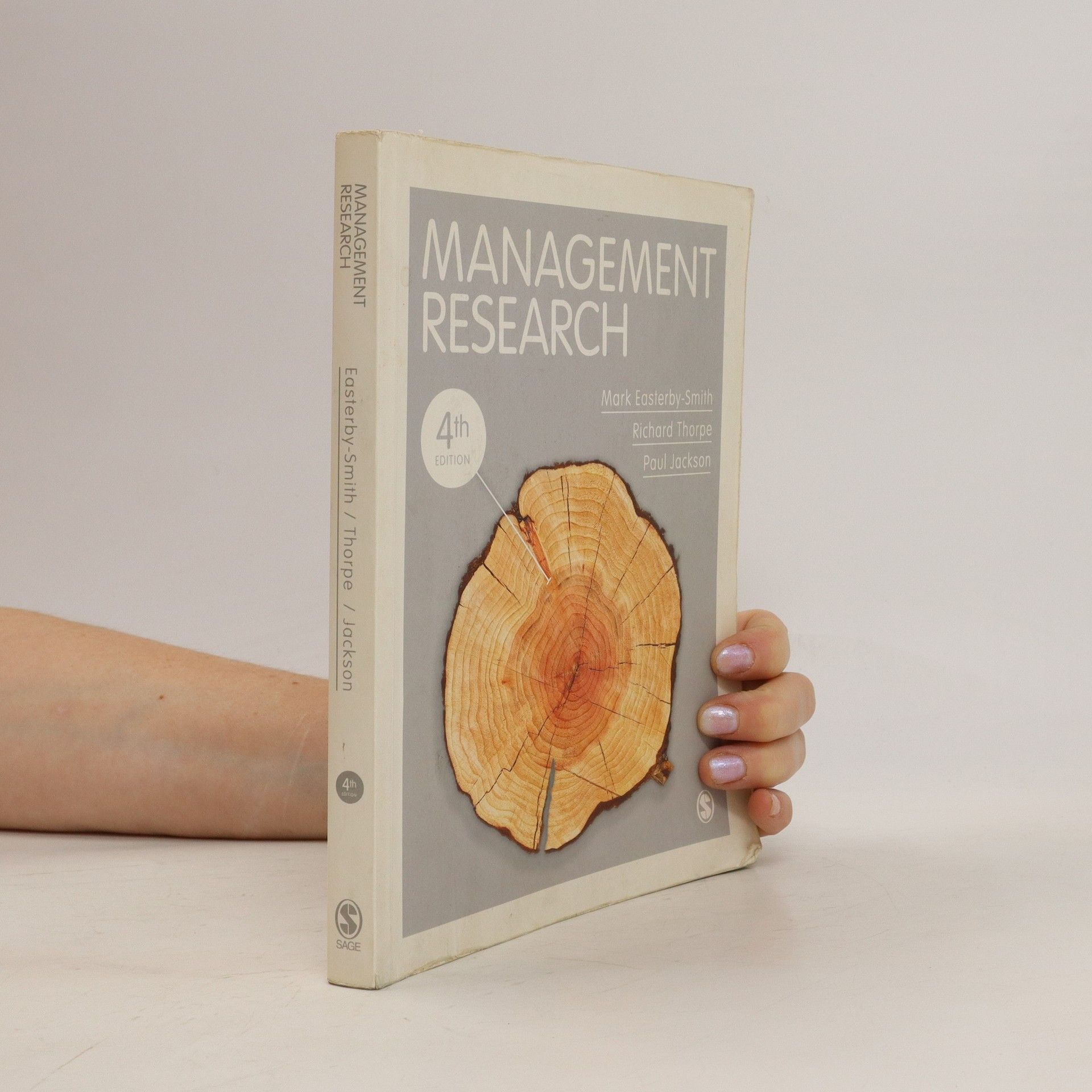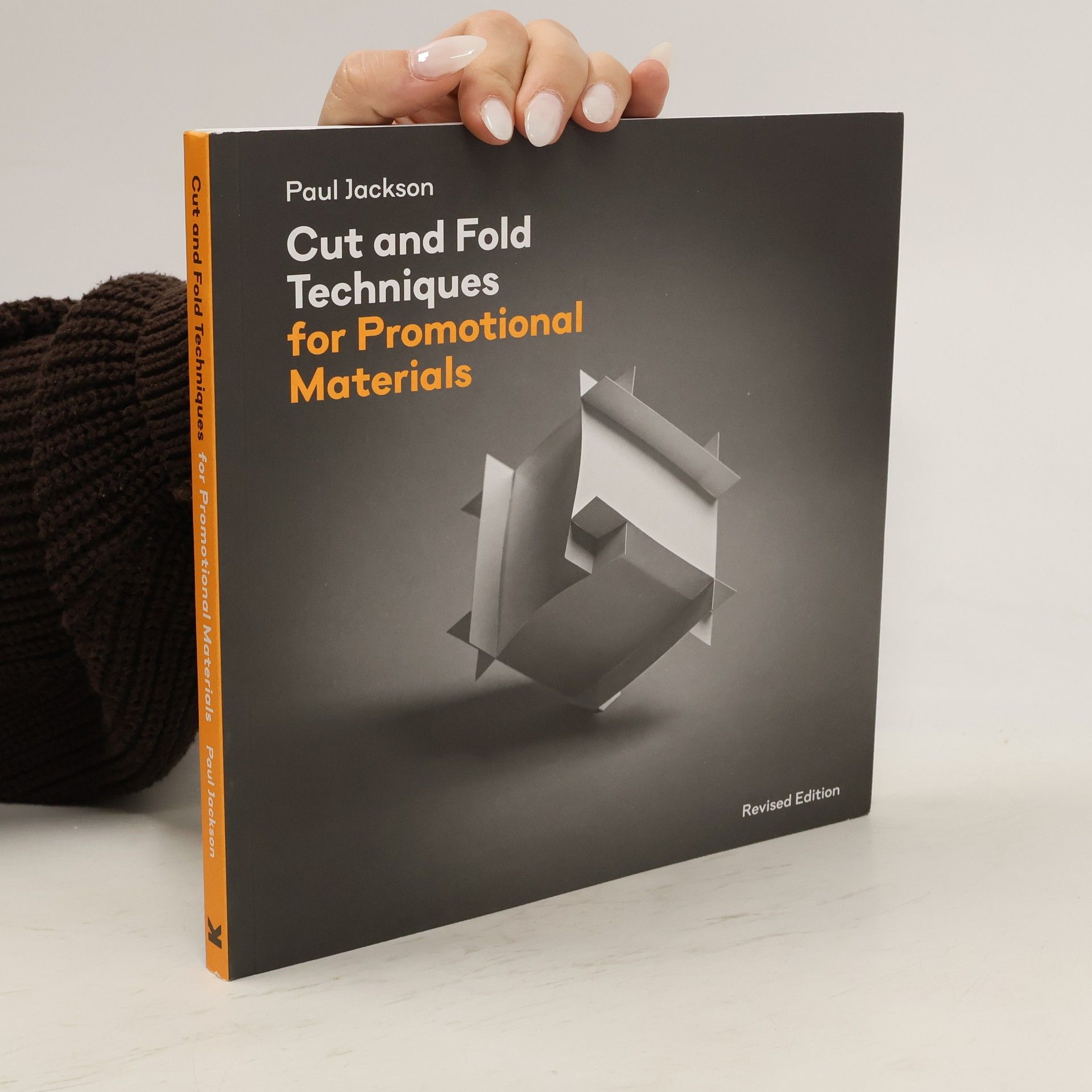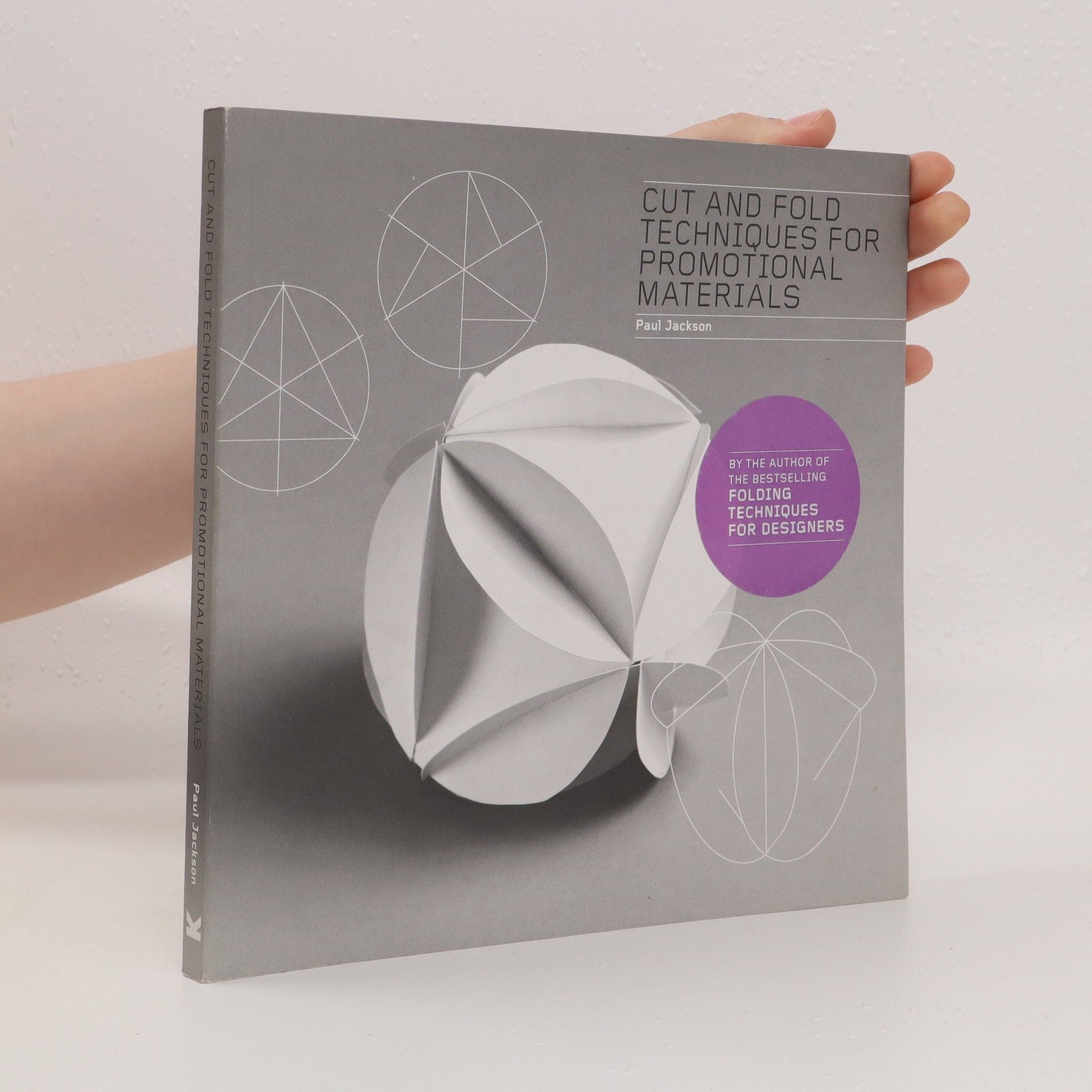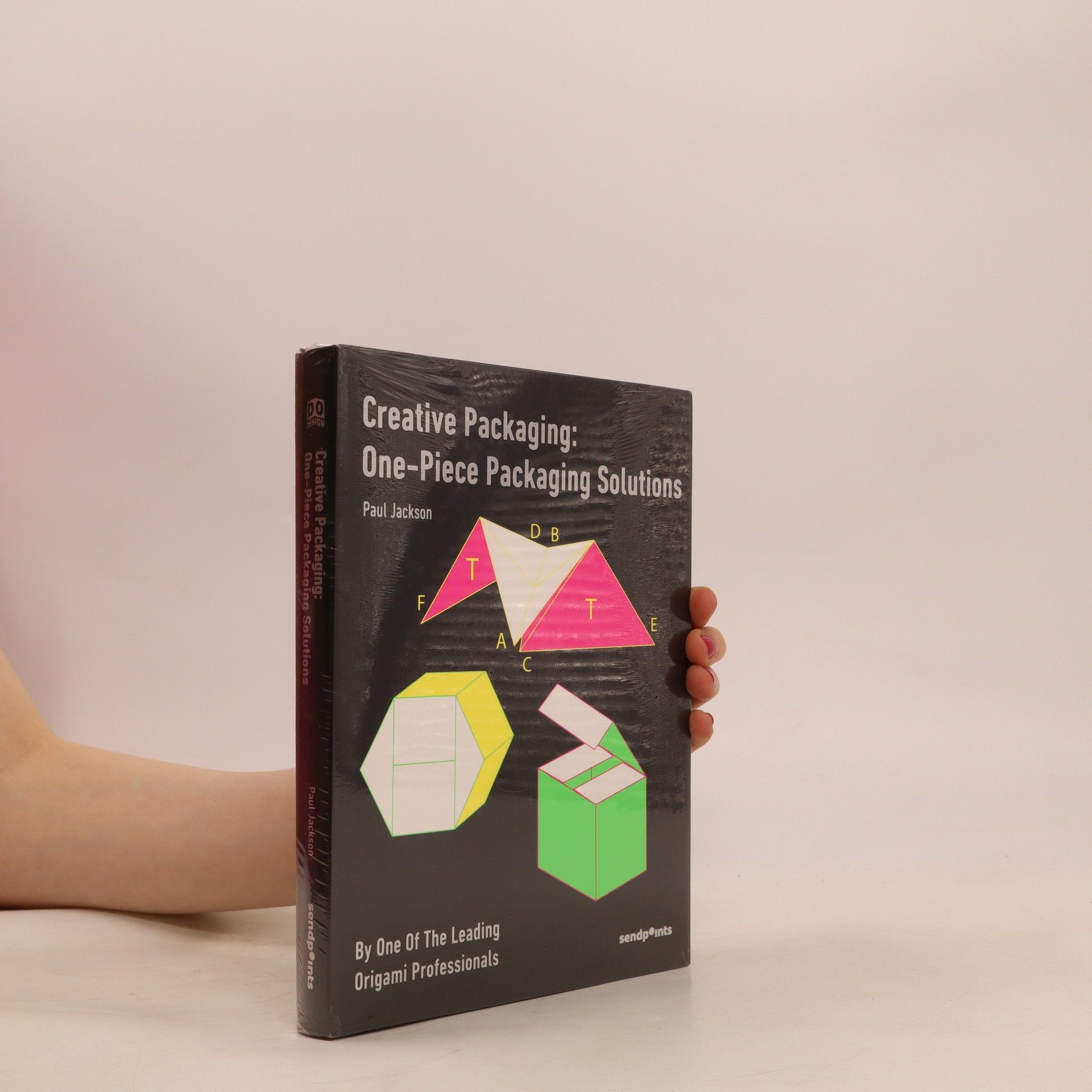Designed for beginners, this collection features 36 original origami models that utilize only simple mountain and valley folds. Created by an experienced instructor with 40 years of teaching, the book emphasizes clarity with each step illustrated in separate diagrams, making it accessible for first-timers. The "pureland" approach ensures that even those intimidated by traditional origami can achieve satisfying results, encouraging readers to explore the art of paper folding without the usual challenges.
Paul Jackson Book order






- 2025
- 2024
How to Think and Design in the Third Dimension
- 144 pages
- 6 hours of reading
Featuring 80 specially commissioned photographs, this book offers a unique visual experience that captures its subject matter in a distinctive way. Each image is crafted to convey a specific theme or emotion, enhancing the overall narrative and inviting readers to explore the depth of the visuals. The collection is designed to engage and inspire, making it a valuable addition for photography enthusiasts and art lovers alike.
- 2024
Papier in der dritten Dimension
Grundlagen und Übungen für Design, Mode und Architektur
- 144 pages
- 6 hours of reading
Das Buch vermittelt, wie man in der dritten Dimension denkt und entwirft, was durch praktische Konstruktionsprojekte in 3-D erreicht wird. Es zeigt, wie gefaltete Papierelemente zu faszinierenden Strukturen kombiniert werden, die sowohl elegant als auch überraschend sind. Die Prinzipien der 3-D-Symmetrie stehen im Mittelpunkt, sodass Studierende, Fachleute und Designer:innen ihre kreative Formensprache erweitern können. Unterstützt wird das Lernen durch Fotografien, Schritt-für-Schritt-Anleitungen und 30 begleitende Videos.
- 2024
An extensively updated edition of the powerful coaching text on making positive change and approaching people problems, including the popular OSKAR coaching framework.
- 2022
The book offers a unique, practical guide to transforming two-dimensional materials into three-dimensional shapes through various folding techniques applicable in fields like jewelry and architecture. This expanded edition includes downloadable and printable folding pattern diagrams, along with links to ten new instructional videos, enhancing the learning experience and providing valuable resources for creators.
- 2022
Pride in Prejudice
- 248 pages
- 9 hours of reading
Pride in prejudice offers a concise introduction to the varied extreme right groups active in Britain today. The book examines the extreme right movement in terms of ideology and appeal, organisational styles, online and offline activism, approaches to leadership, types of supporters and gendered dynamics. -- .
- 2022
Unlike other packaging titles, which simply provide templates to copy, this book enables designers of all packaging types to create 3-D packaging forms that are specific to their needs rather than based on an existing design.It teaches a simple 'net' construction system- a one-piece 2-D configuration of card seen when a 3-D package is opened out and flattened - which enables the designer to create a huge number of very strong 3-D packaging forms that are both practical and imaginative. Each chapter concludes with photographs and net drawings oF 6-10 creative examples of packaging designs made using the principles outlined in the preceding chapter.Structural packaging gives the reader an understanding of the underlying principles of packaging construction and the technical knowledge and confidence to develop a greater number of their own unusual and innovative designs than any comparable book.
- 2021
The updated and realigned content meets the revised academic syllabi, and gives extra depth to the use of the models within the structure of Distinction and A* grade assignments and exam responses. We include additional guidance for attainment of extra marks and higher grades in a broad range of qualifications including CIPS, ISM, CILT and CIPD.
- 2020
Superstars
- 180 pages
- 7 hours of reading
Make amazing stars and other geometric shapes with these pre-cut and scored sheets

